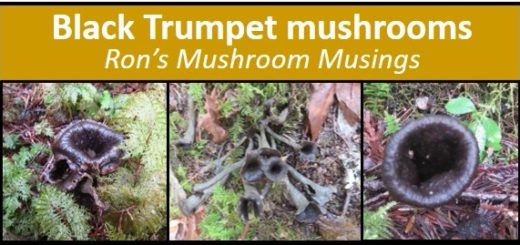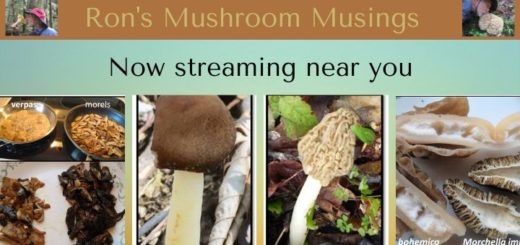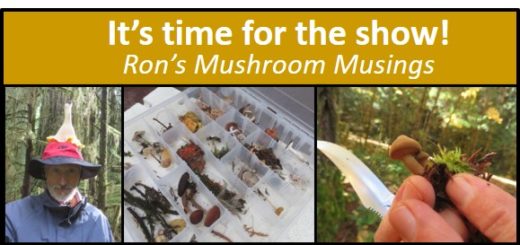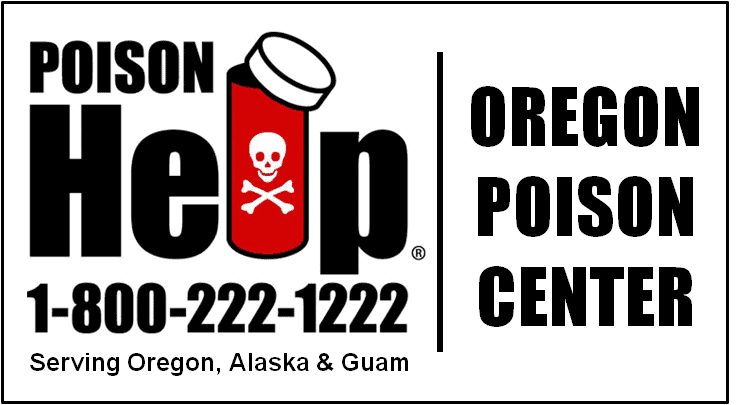Trees and the Mushrooms who love them
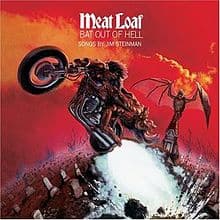
In 1977 Marvin Lee Aday, who goes by the stage name Meat Loaf, released an album which included a song entitled “Two out of three ain’t bad”. Below are the lines from one verse in this song. Feel free to sing aloud instead of just quietly reading to yourself.
“You’ll never find your gold on a sandy beach
You’ll never drill for oil on a city street
I know you’re looking for a ruby
In a mountain of rocks
But there ain’t no Coupe de Ville hiding
At the bottom of a Cracker Jack box”
So, you may be wondering how this verse relates to trees and mushrooms or you might be in the process of googling this song on YouTube. In any event, the gist of this verse is all about looking for something in all the wrong places. When Sandy and I first started mushroom hunting we simply hiked into a wooded area somewhere and started looking for edibles. We remembered reading mushroom books where you see the phrase “mostly occurs around” or “mostly associated with” certain trees but those statements didn’t necessarily seem to eliminate other possible tree hosts. I am always up for a good slice of pizza but that doesn’t mean you won’t find me munching on something else. So it seemed reasonable that while various fungi might occur with a preferred species of tree you should also be able to find them around other trees as well.
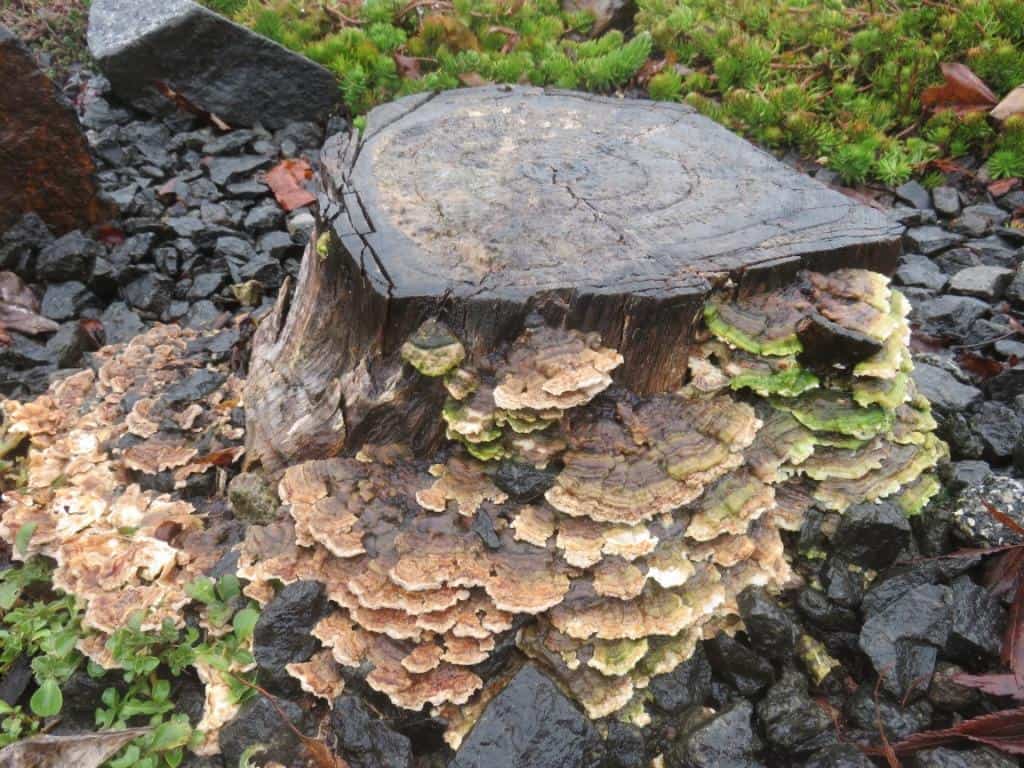
And in some cases, as with the Turkey Tail mushroom (Trametes versicolor), it may appear on some trees more often than others but it will eventually appear on most of them. The tree-to-fungi relational quandary is actually made more complicated by the need to determine whether a specific fungal organism is trying to form a mutualistic relationship with a tree or simply trying to decompose it. If that wasn’t enough, some fungi are believed to be able to both partner with a tree and at some later time as conditions change decide to start decomposing it.
As it turns out, many or our favorite woodland mushrooms are fungi that do form partnerships or mycorrhizal relationships with trees. However, it is not unusual for a fungal species to associate with certain trees in Oregon and other trees in another geographical area.

The mycorrhizal candy cap mushroom (Lactarius rubidus) in the Bay Area of California can occur under both pine and live oak. In Oregon we find them associated with conifers like Douglas fir and Hemlock. Is this an example of regional adaptation or does this fungal species simple have a much wider compatibility range with tree hosts? Unfortunately, mushroom books written for a specific region make it more difficult to apply their localized tree/fungi relationships to other regions where those tree species are not found. For example, California has 20 species of oak trees while the Willamette Valley only has the Oregon white oak and the California black oak. This makes a significant difference when a California oriented mushroom book states that it “mostly occurs around” oak; using “oak” as more of a generic tree reference. So then why don’t we find that same mushroom around our oak trees?
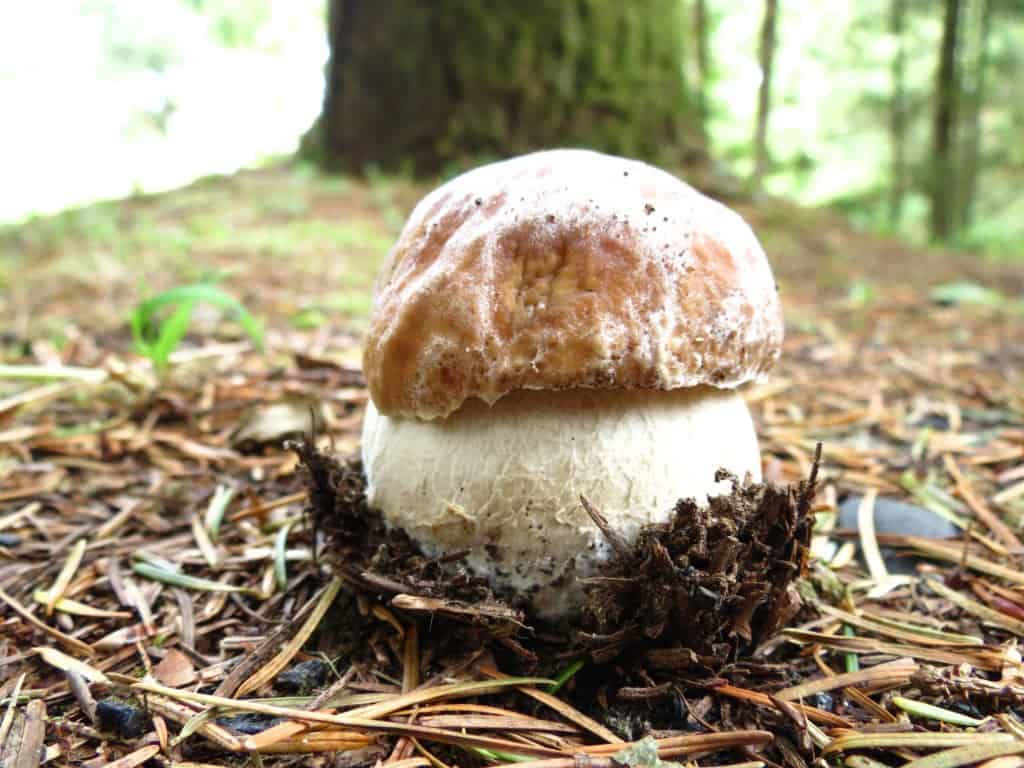
On the bright side, in our area of the Willamette Valley we have limited our tree association problem by having a limited number of tree species to consider. Of course, our most common tree, growing from the coast to the Cascade Mountain Range is also our state tree, the Douglas-fir (Pseudotsuga menziesii). While the state of Oregon has 30 native coniferous species and 37 native species of broadleaf, many occur outside of most Eugenians typical mushroom hunting range. At the coast you will also find Sitka Spruce, Hemlock, Pine, Cedar, and Manzanita. Sorry if I left your favorite tree off this list.
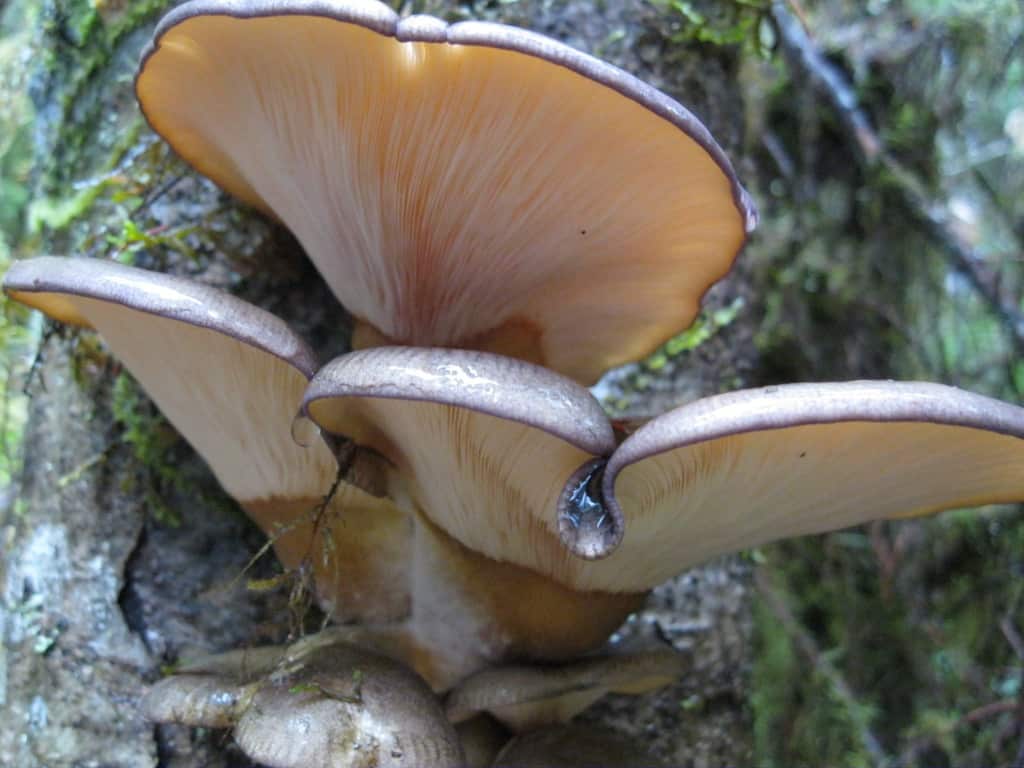
While all of this tree/fungi relational information might read like the esoteric ramblings of a crazed mycophile, it is actually an important component of successful mushroom hunting. It isn’t that difficult to find edible mushrooms in Oregon but it’s personally energizing to think of a mushroom you’d like to find and be able to pick an area to go based on your knowledge of its habitat requirements. If you’re looking for the oyster mushroom (Pleurotus ostreatus) while hiking through a forest of Sitka spruce trees you will most likely return with an empty basket. Adding information about tree/fungi associations to your knowledge base is a great way to hone your foraging skills and greatly improve your chances of success.
While I couldn’t find a good reference site showing Oregon trees and fungi pairings, there are many good informational sources on the Web. Some websites like Inaturalist and Mushroom Observer contain direct contributions of mushroom observations from Oregonians making it very relevant to our area. INaturalist not only has mushrooms, you can also find locations of specific tree types you are interested in. So, pick a tree and learn about the mushrooms who love it and the next time someone asks “Where can I find?”, you’ll be there with the answer.
As always, Happy and Safe mushroom hunting … and don’t forget to Rock Out now and again.
References
Willamette Valley Oaks Yesterday and Today – Rivers to Ridges
Oregon Forests Type Map – Oregon Forests Research Institute
Mycorrhizae Compatible Plants – Fungi Perfecti
Pleurotoid Species in the Pacific Northwest – Pacific Northwest Key Council
Wild Edible Mushroom Season Oregon – Oregon Discovery
Edible and Medicinal Mushrooms of the Pacific Northwest – INaturalist

